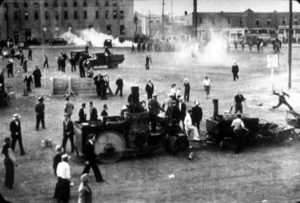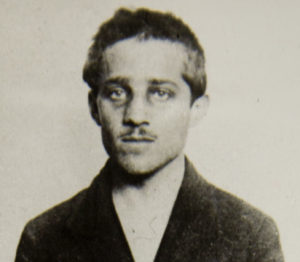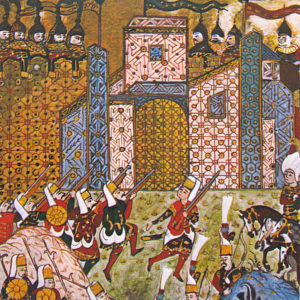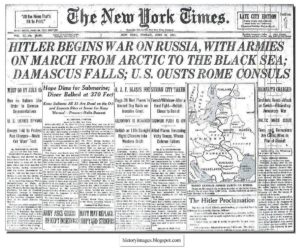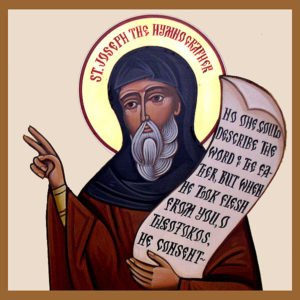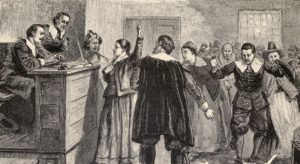1935
The Regina Riot
Canadians are a pretty peaceful folk; it takes a lot to get them upset, and even when they burst into riot or rebellion, it’s usually pretty small potatoes compared to disorders in the rest of the world. Take for example the “Regina Riot.”
In 1935, Canada was in the midst of the Great Depression, with the west of the country particularly hard hit as the economic downturn coincided with a dustbowl drought and a grasshopper plague. Tens of thousands of men were unemployed and living in remote government camps where they were set to useful labour such as building roads for the princely sum of 20 cents a day. By the spring of 1935, labour organizers had convinced many of these men to embark on protests to win a series of ambitious improvements in their pay and conditions. To emphasize these demands 1,000 men left the camps to ride freight cars heading east in what was known as the “On to Ottawa Trek.”
Unwilling to see the national capital invaded by an army of angry workers, Prime Minister R.B. Bennett agreed to meet a delegation of trekkers in Ottawa, on the condition that the remainder of the men go no farther than Regina, Saskatchewan, where the Royal Canadian Mounted Police had a significant presence.
The meeting in Ottawa went very badly with both sides using intemperate language and no settlement reached. Some of the strike leaders were genuine radicals, ex-Wobblies or members of the Canadian Communist Party, which gave Bennett a chance to denigrate them. When the leaders returned to Regina, they held an open-air meeting at Market Square. There they were attacked by truckloads of RCMP. Fighting broke out; as the crowd dispersed, running battles were held in the streets: tear-gas was used, shots were fired, shops were vandalized. After the smoke cleared, two men — a Mountie and a striker — lay dead. The police arrested over 100 people but public sympathy lay with the strikers. An angry Saskatchewan Premier Jimmy Gardiner denounced the federal government (which believed it had crushed a communist conspiracy) for having provoked the ruckus and proposed that the remaining strikers be returned to their homes.
Though the Trek was dispersed, Bennett’s popularity sunk even lower and he was shortly to be voted out of office. Today the “Regina Riot” is the name given to the local women’s football team.
